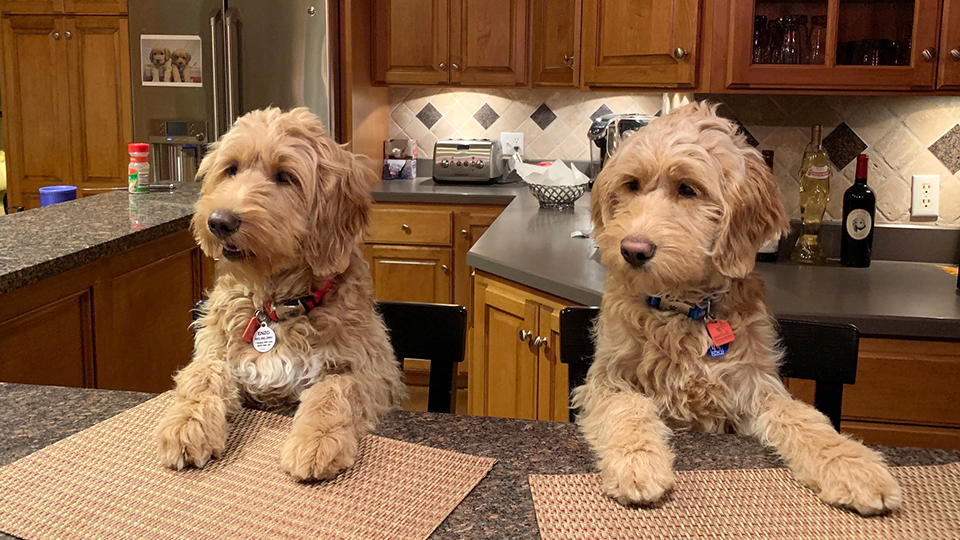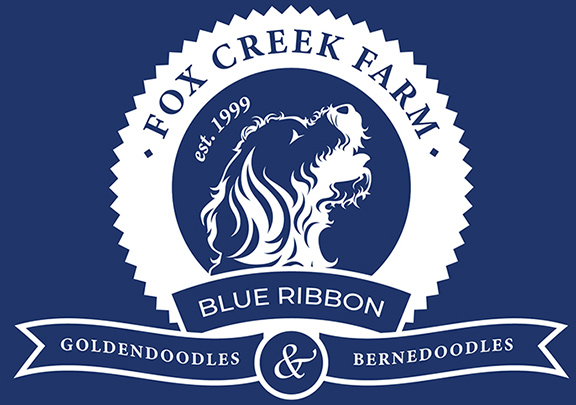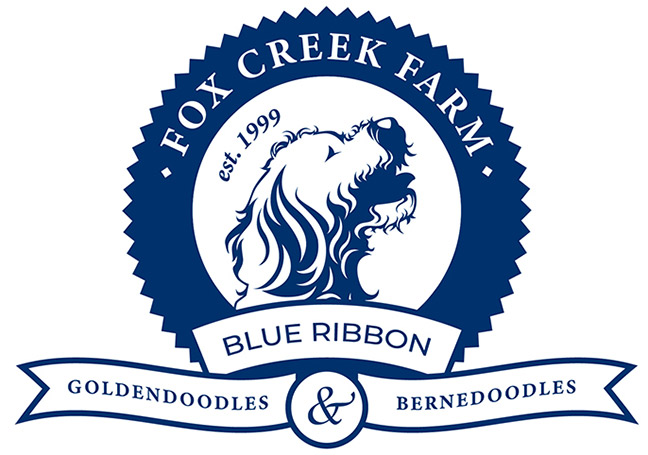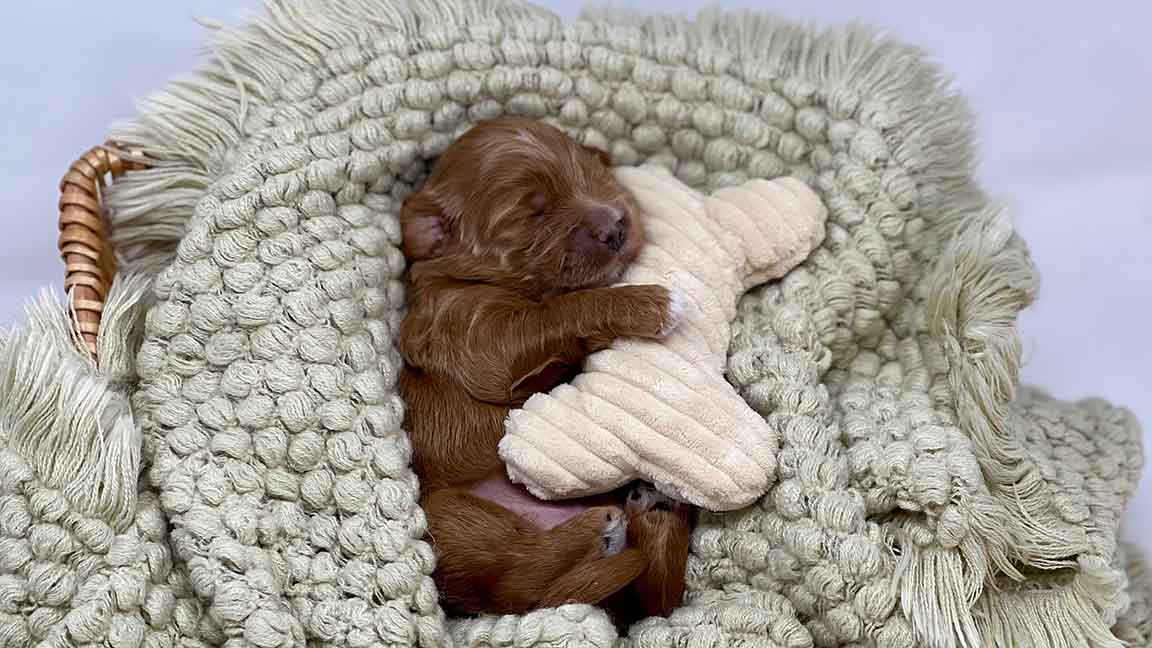
Should I get another dog?
This is a question just about every dog owner has asked at some point. A lot of dog parents start by getting one dog and later realize that maybe their dog isn’t getting enough attention or exercise. So the obvious solution is to get another dog, right? This way, both dogs will have a companion, especially if your first dog has seemed lonely or bored lately.
Sometimes the answer is easy because you had two dogs and lost one to old age. You want to help ease the mourning your remaining dog is suffering all the while mourning the loss yourself. Are you getting a second dog for your dog, or is it for you? The reason doesn’t matter as both humans and dogs can benefit from adding another canine. If you have never experienced having a multi-dog home, you have many things to consider when thinking about adding a second dog.
A common question we are asked is whether or not the current dog will appreciate a companion, or will they feel neglected or rejected by the presence of another furry kid in the house. Adding a second dog is kind of like an arranged marriage for your dog. You’re tasked with the job of choosing a spouse or sibling for your dog, but you need to accommodate the “wishes” of your current dog to ensure compatibility. It’s important to consider how your dog acts around other dogs and then try to find a dog whose personality would complement your current dog’s personality.
How can you decide if your dog would enjoy having another dog in the house? Firstly, almost all dogs enjoy canine companionship. The notion that he may feel like he is no longer loved or will be upset with sharing attention is common for dog owners. However, it is extremely rare to have a dog that will not only accommodate another canine in the house if appropriately matched but who will also benefit emotionally and physically by having this addition to his life.
It may take some time to introduce the dogs to bond while they work out sharing space, attention, and toys, but patience will prove the benefits of the marriage. A male/female pairing is always the most successful for compatibility. The second most successful pairing is two neutered males. Two females typically will do well together, but if there is going to be an issue with gender pairing, it is typically two females.

Here are some specific signs that your dog might be lonely or need a companion:
● Exhibiting attention-seeking destructive behavior such as chewing, scratching, or digging
● Excessively vocalizing, by whining, barking, or howling, when you leave the house or at other times
● Being restless
● Acting clingier than usual
● Lack of interest in usually enjoyable activities such as walks and games
● Gaining weight from lack of appropriate activity
● Changes in appetite (a lonely dog may lose interest in food or begin overeating as a coping mechanism or for entertainment)
Some of these are also signs of separation anxiety (see our previous blog on this topic). One of the remedies for separation anxiety is adding a companion dog. Another dog in the house will help relieve some anxiety in your current dog as they will never be left alone and will have a built-in playmate.
Benefits of Getting Your Dog a Companion:
● Reduces loneliness. Dogs can feel anxious and lonely when left alone for long periods. Having another dog around can help alleviate these feelings and provide your dog with a constant companion. This is especially important for families where both parents work.
● Creates a social experience. Dogs are social animals and having another dog around can help your dog learn important socialization skills, such as sharing, taking turns, and playing appropriately.
● Promotes exercise. Dogs who have a companion are more likely to engage in physical activity such as running, playing, and going on walks together. This will help both dogs stay fit and healthy.
● Decreases Destructive Behaviors. Some dogs may exhibit destructive behaviors when they are anxious, stressed, or bored. Having a doggie companion decreases that stress level provides entertainment, and helps to calm the anxious dog.
● Improves Mental Health. Having a canine friend provides your dog with comfort, socialization, a playmate, and much more. This could improve your dog’s mental health and allow him to live a happier life.
● Increases training opportunities. If your current dog is trained well, another dog may learn from their example and it may be easier to train the new furry friend.
● Improved happiness in your household. When your dog is happy, you are happy. Having a dog that is stressed, anxious, lonely, or obese tend to weigh on the happiness of the humans involved as well. If one dog brings you happiness, just think about how much happiness two will provide!

Factors to consider before getting your dog a companion:
● Has your dog been socialized from a young age with other dogs? If your dog has not had regular interaction with other dogs, it may require a slightly longer settling-in period with the new dog
● Has your dog had a bad experience with another dog such as being attacked while on a walk or at the dog park? Dogs that have had negative experiences in the past may need more supervised socialization with the new dog to help them build trust again.
● Make sure the two dogs are compatible. It’s important to consider compatibility in terms of size, temperament, gender, and energy level. While adding a high-energy dog to a home with a senior dog may promote increased activity, the new dog may not get the level of activity needed if the senior dog is unable to play. You may need to provide fetching games, etc. to give the young dog appropriate exercise. It can also cause stress for the older dog if he is no longer steady on his feet, so adding a smaller dog or another older dog may be a good option. While dogs of all sizes can enjoy the company of each other, dogs more similar in size make better playmates as it decreases the chance of injury during active playtime.
● If adding a puppy, make sure your older dog can get some alone time, especially at the beginning. Puppies can be obnoxious and persistent and an older dog may need a break here and there. Crating the puppy will help provide this downtime for the older dog. It is common for an adult dog to snap, growl, nip, or even lunge at a puppy. This is the ONLY way they know how to communicate. As long as the existing dog is not hurting the puppy, allowing the dogs to communicate this way is necessary. The adult dog is just laying the ground rules for the new puppy.
● Has your dog accepted other dogs into his home on previous occasions? If there has been a previous issue, has it always been with a particular gender? Dogs that have lived as a single dog for an extended period may not understand the new dog is a permanent family member and wish to protect his territory. Allowing introductions to take place outside or in neutral territory will allow them to get to know each other and start bonding before entering the older dogs’ kingdom.
● Make sure your dog can share toys and potentially food well without getting aggressive. Some dogs have resource guarding issues which could cause aggression and fights between two dogs.
● Consider the cost. Adding another dog to your household will double the expenses for food, veterinary care, insurance, and training. It is important to ensure that you can afford the added expenses before deciding to get another dog.
● Make sure you have enough time to care for both dogs. Adding another dog to your household requires time and attention. It’s important to ensure that you have enough time to dedicate to both dogs including training, exercise, and socialization.
● Make sure to provide proper training. Your current dog should already be trained so that it can set an example for your new dog. If you have not dedicated time to properly train your existing dog, adding another will add chaos to the home. We have 3 great puppy training programs on our website. One is a board-and-train option available to all 8-week-old puppies. This is a great option if you don’t have the time to properly dedicate to training a new puppy. The other two options provide step-by-step, day-by-day training activities for you to utilize with your new puppy. You can find info about these programs here.
In summary, just as humans like to have companions to share their days and nights with, dogs enjoy this same companionship. As long as a family can provide the attention, care, and training, it is always best for dogs to have another canine to share their time with. The benefits outlined above will add not only happiness to your canine kids’ lives, but it is also proven that dogs who live in multi-dog homes tend to stay healthier, maintain proper body conditioning, and experience longevity. As dog lovers, we want what is best for our fur babies. Adding a dog or two just adds to the happiness dogs provide to their humans!





